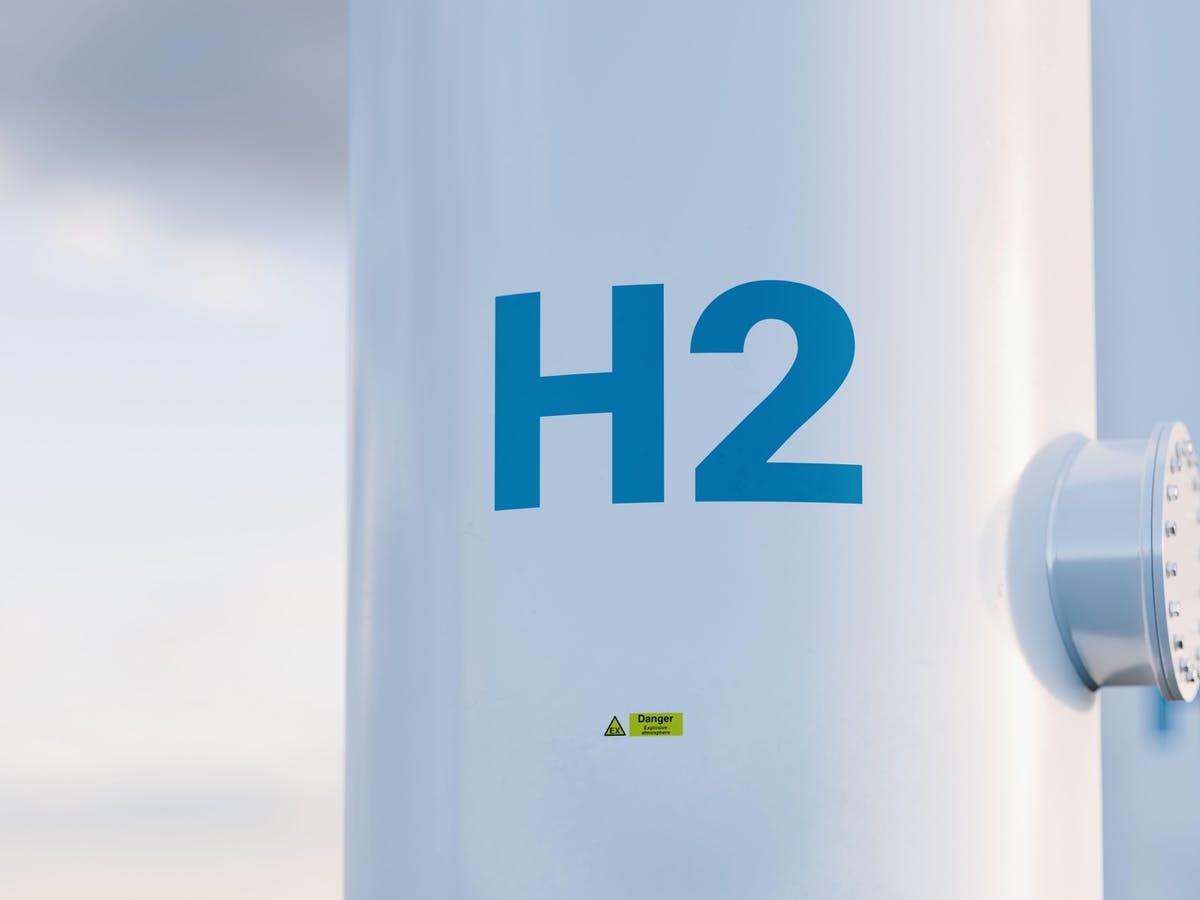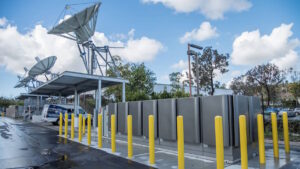Following a 2021 where renewable hydrogen emerged as a crucial lifeline for emissions intensive industries facing growing pressures to decarbonise, 2022 is set to mark an inflection point for hydrogen investment – where investment and production surge to new highs – provided governments get on board.
New analysis from energy market analysts BloombergNEF predicts that 2022 will be a boom year for the green hydrogen sector, as increasing focus on industrial decarbonisation and falling technology costs underpin surging investment in new renewable hydrogen production capacity.
In a new Bloomberg Intelligence report, the analysis firm has outlined several bold predictions for the coming year for the green hydrogen industry, including a massive acceleration of electrolyser installations and a growing number of dedicated hydrogen companies undertaking public listings.
BloombergNEF predicts that renewable hydrogen will begin to outcompete “blue” hydrogen on cost across most major economies before the end of the decade, with renewable hydrogen expected to become the cheapest source in Australia as early as 2027, but not until well after that status is achieved in China.
“Although expensive today, green hydrogen costs are expected to plummet 75 per cent by 2030, as the price of electrolysers rapidly declines. Chinese companies already sell electrolysers at one-quarter the price of their western peers,” BloombergNEF says.
“The price decline means that green hydrogen will be cheaper to make than blue hydrogen from natural gas across the world by 2030.”
BloombergNEF adds that it expects renewable hydrogen to retain its status as the cheapest source of zero emissions hydrogen for the foreseeable future, with its competitive advantage only continuing to widen and fossil hydrogen remaining viable only in countries where governments continue to pour funds into subsidising its production and use.
The analyst group adds that it expects that efforts to fulfil commitments to reach zero net emissions, rather than carbon pricing mechanisms, will serve as the main long-term driver of increased renewable hydrogen uptake, at least in the short term.
“Carbon pricing will be key for clean hydrogen demand to grow – so goes the mantra repeated by industry participants, policymakers and even BloombergNEF. While true in the long run, national and corporate net-zero goals will drive more clean H2 demand in 2022 than carbon pricing,” the report says.
The surging demand for hydrogen will see demand for electrolyser equipment additions quadruple in 2022, BloombergNEF predicts, growing from 458MW of new electrolyser capacity added in 2021, growing to between 1.8 and 2.5GW of new installed electrolyser expected to be installed this year.
This surge in demand is set to be led by China, which is expected to account for around two-thirds of new electrolyser additions.
Five key industrial sectors, BloomgbergNEF says, will lead the growth in renewable hydrogen use, including the production of steel, ammonia, methanol, chemicals and oil refining.
But the uptake of hydrogen fuels for passenger transport is expected to lag, with electric vehicles remaining the more competitive option for zero emissions vehicles.
“The reason why hydrogen will be used in these projects is a combination of chemistry and economics. The production of chemicals such as ammonia and methanol and oil refining cannot happen without hydrogen. For steel, hydrogen is set to be one of the cheapest ways to decarbonize,” BloombergNEF says.
“Passenger cars, on the other hand, will find battery electric drivetrains cheaper than hydrogen.”
Ammonia is expected to continue its shift to renewable sources, given the established market for its use as a fertiliser and in other chemical processes.
“This could lead to a green ammonia market developing in tandem with hydrogen,” BloombergNEF says.
“Using ammonia as-is makes sense in sectors that require it for its chemical properties, like fertilizers, and could be promising in applications like maritime fuel. But hydrogen will be preferable in many other applications. For instance, burning ammonia in turbines to make electricity, as is the plan in Japan, would be uneconomical.”
The analysis follows insights published by the International Renewable Energy Agency, which suggests the emergence of a global hydrogen industry should deliver a significant shakeup of global energy geopolitics, with new energy superpowers emerging and countries traditionally dependent on fossil fuel exports.
The IRENA report likewise identified Australia as well-positioned to establish itself as a leading global supplier of low-cost renewable hydrogen but could face stiff competition from other producers in an export market set to feature greater competition and smaller profit margins than traditional fossil fuels.








